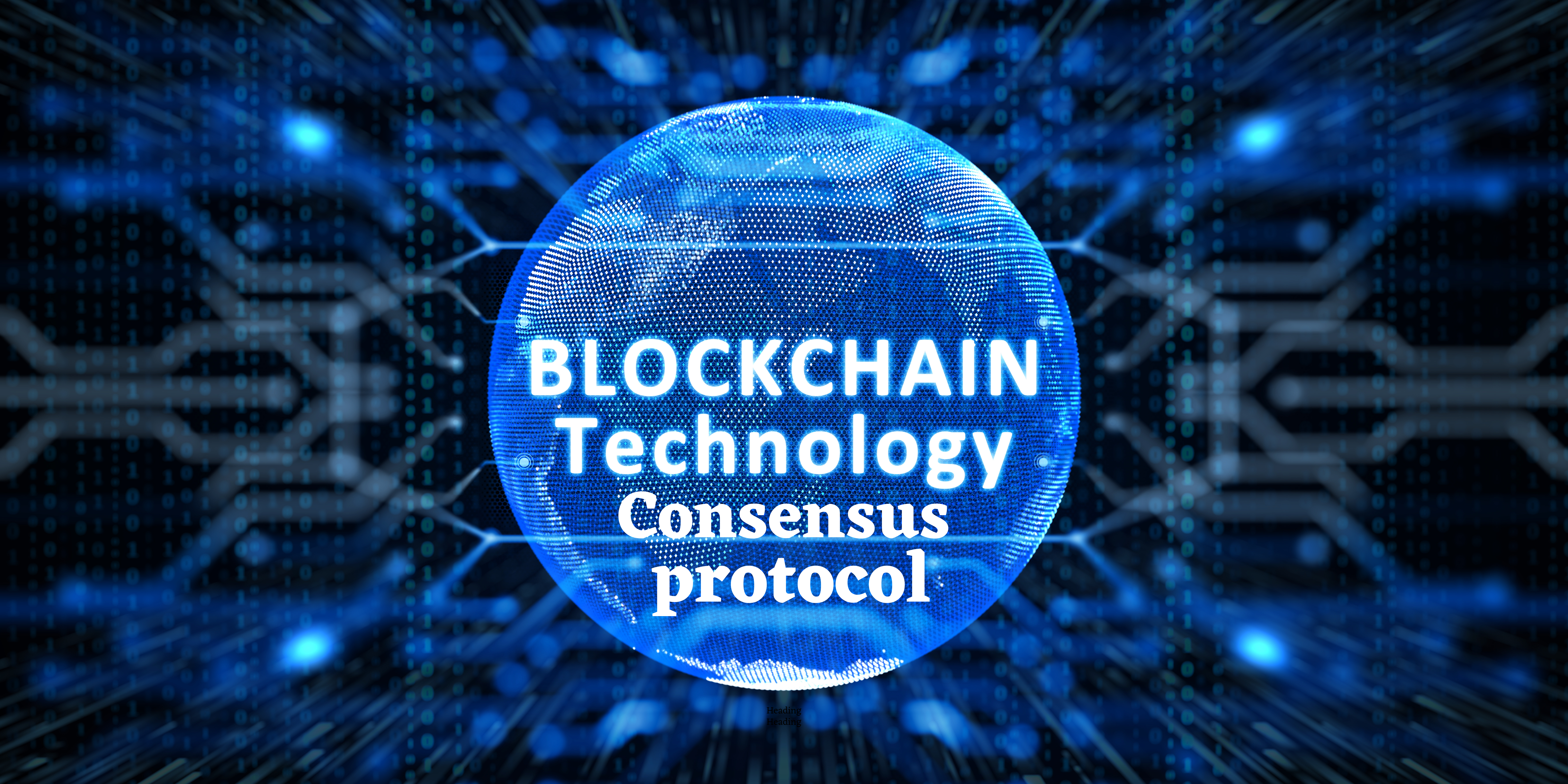
Greetings, dear readers! From the previous web blogs on Blockchain Technology, we have established that the world of Blockchain technology is growing explosively. We have covered various applications in our web blogs, from Decentralized Finance (DeFi) to non-fungible Tokens (NFTs). These applications are emerging at a faster pace as the days pass by. But we all know with growth comes significant challenges like scalability. We have all seen a highway choked with traffic, right? A blockchain network gets just like that when it struggles to process transactions. And what can we do to solve this problem?So, this issue brings us to two of the leading contenders in the Blockchain world. Yes, we are talking about Avalanche vs. Ethereum.
Both of them are competing for dominance, but their process and approaches are different. Do you know what is at the center of this difference? You know about the concept of consensus protocols if you have read our previous web blog on Avalanche Protocols. For those who don’t know about it, this mechanism ensures the security and integrity of transactions on a Blockchain network. This web blog will look deeper into Avalanche vs Ethereum consensus protocols. Let’s now explore how they impact an overall Blockchain ecosystem.
Avalanche Consensus Mechanism
We all know Ethereum has been dominating the Blockchain network, and then Ethereum gets its challenger in Avalanche. Why wouldn’t it? Avalanche has a unique approach to consensus. Unlike Ethereum’s present reliability on Proof-of-Work (PoW), Avalanche shocks everyone with its hybrid protocol that combines the energy efficiency of Proof-of-Stake (PoS) with fast validation of Byzantine Fault Tolerance. Proof-of-stake is an energy-efficient method, and BFT helps confirm transactions super-fast. Avalanche uses a mix of these two methods to make transactions quicker and networks more efficient.
Proof-of-Stake (PoS) as Alternative
Proof-of-stake displaces the power-hungry mining race of Proof-of-Work with a better and more sustainable approach. In PoS, validators are chosen based on their stakes in the network’s native token (AVAX in Avalanche). They don’t let miners compete with powerful computers (well done!). This minimizes ecological impacts and also maintains network security.
Byzantine Fault Tolerance (BFT)
BFT is taking consensus a step further. It ensures that transactions are certified even with malicious network errors. BFT is essential for high-value transactions where trust and security are very important.
Avalanche Multi-Chain Architecture
Here comes the best part. We are talking about the part where Avalanche truly sets itself apart. Instead of depending on a single Blockchain for validation, Avalanche uses a network of subnets. Each subnet has its own set of validators and rules, allowing faster transaction processing in the network. Think of it as a multi-lane highway, whereas Ethereum is a single-lane road.
You know what’s magical, folks? The magic lies in how these subnets interact. Avalanche’s core protocol is known as the Snowman consensus protocol. This protocol uses a sampling technique where validators from various subnets verify transactions. They have a distributed approach that allows for:
Faster Transaction Speeds
Transactions are validated together across multiple subnets. This leads to faster processing times than Ethereum.
Increased Scalability
Because of its parallel processing power, Avalanche can handle a much larger volume of transactions. You can easily add new subnets as the network grows to ensure scalability and handle future demands.
Can Avalanche Outrun Ethereum?
Avalanche‘s creative consensus protocol makes it a strong competitor in the Blockchain solutions race. It has faster transaction processes and can handle a larger volume of activity. Avalanche could be a game-changer for applications in the long run, especially those needing high throughput. It’s important to note that Ethereum has been transforming to a PoS model in its upcoming Ethereum 2.0 upgrade.
So, what’s in store for Avalanche? The future of Avlanche’s out-of-the-world consensus approach has shaken things up a bit; even though the future of Blockchain technology is yet to be seen, only time will tell if Avalanche can win this Game of Thrones and dethrone its current king, Ethereum.
Ethereum 2.0, Beacon Chain, Merging & Sharding
Ethreum, the king of the seven kingdoms, is well aware of its power. It’s a dominant player in the smart contract arena and has excellent scalability. The current Proof-of-Work (PoW) consensus mechanism is considered secure, but it still struggles with some struggles. It’s hard to handle the never-ending demand for transactions. That’s where Ethereum 2.0 comes in. It’s a significant upgrade that shows great promise to change the Ethereum Blockchain with greener and better solutions: Proof-of-Stake (PoS).
Ethereum has transitioned to a Proof-of-Stake (PoS) consensus mechanism as of September 20222. This upgrade is sometimes referred to as “The Merge.”. It addresses the scalability & security concerns of the Proof-of-Work system. Merging represents the existing Ethereum network (ETH1) and Beacon Chain (ETH2). The Beacon Chain went live on December 1, 2020, and it is responsible for selecting the validators to validate the Proof-of-Stakes blocks. The beacon chain runs parallel to the existing Ethereum network. Ethereum handles around 15 transactions a second, which leads to higher transaction fees. Ethereum 2.0’s mechanism allows it to hold up to 100,000 transactions per second.
Sharding is splitting the more extensive Blockchain network into smaller parts called Shards. This partitioning increases read/write throughput and reduces database transaction costs, which boosts overall performance.
A Sustainable Shift in Proof-of-Stake
Proof-of-stake offers a refreshing change from the energy-intensive mining practices of Proof-of-Work. Here’s how PoS implementation in Ethereum works:
Staking
Just like Avalanche, validators are chosen based on the amount of Ethereum (ETH) they stake in the network. The more ETH staked, the higher the chance of being selected to validate a block.
Reduced Energy Consumption
Eliminating energy-intensive mining decreases the environmental impact of securing the Ethereum network. This shift aligns with the growing focus on sustainability within the blockchain space.
Security Through Stake
Validators are vested in maintaining network integrity because any attempt to manipulate transactions would risk their staked ETH.
Addressing Scalability with Proof-of-Stake
Although the environmental advantages are considerable, scalability is the real game changer with the Proof-of-work. Here’s why:
Faster Block Validation: PoS eliminates the complex computations needed in PoW, allowing faster block validation times and quicker transaction processing.
Sharding for Increased Capacity: Sharding is still under development for Ethereum, but it can further increase the network’s capacity to handle a larger volume of transactions simultaneously.
Avalanche vs. Ethereum: A Head-to-Head Showdown
While Ethereum has transitioned to PoS, some differences between Avalanche and Ethereum remain:
Scalability
Due to its parallel processing power, Avalanche‘s multi-chain architecture may still offer a benefit in terms of raw transaction processing speed.
Decentralization
It is too soon to say which platform is more decentralized. Ethereum’s wider validator pool compared to Avalanche’s subnet validators could be a factor. However, future adoption rates will also play a role.
Wrapping Up with Your Blockchain Champion
The battle of Avalanche vs Ethereum comes down to the core concept of consensus protocols. Both Avalanche and Ethereum are strong contenders in the Blockchain space. Avalanche excels in high-throughput applications with its speed and scalability. Ethereum offers a robust developer ecosystem, a large user base, and a strong focus on security. The choice between the two platforms depends on the specific needs of the project or user.
The ideal platform depends on your specific needs:
Prioritize scalability and speed: Avalanche could be your champion.
Value a mature ecosystem and security: Ethereum might be the better choice.
Need a balance: Consider a wait-and-see approach as both platforms evolve.Stay tuned with the Blockchainist for more such relevant content on Blockchain Technology.






